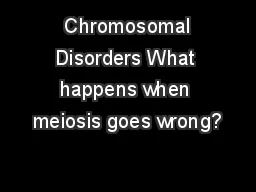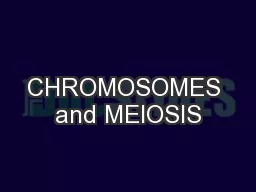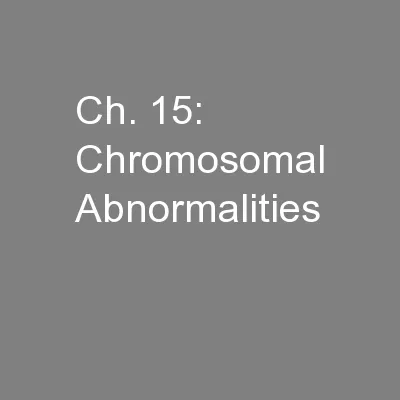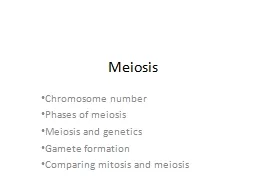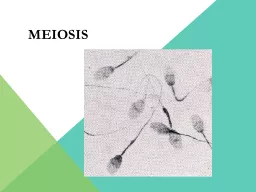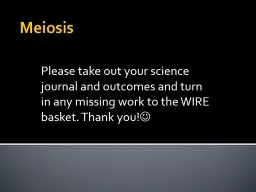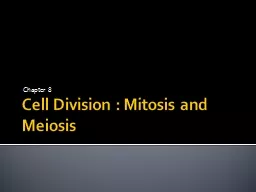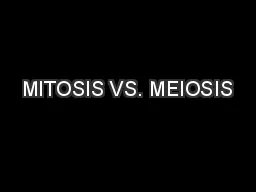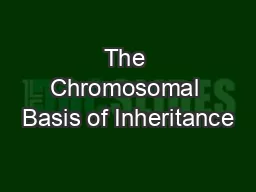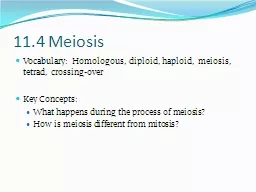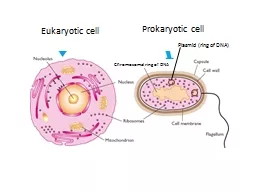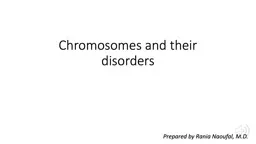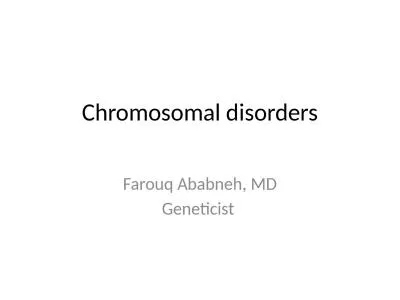PPT-Chromosomal Disorders What happens when meiosis goes wrong?
Author : liane-varnes | Published Date : 2020-04-03
Karyotype Human Chromosomes Humans have 46 chromosomes arranged in 23 pairs Two sex chromosomes determine an individuals sex Females have two copies of the
Presentation Embed Code
Download Presentation
Download Presentation The PPT/PDF document " Chromosomal Disorders What happens when..." is the property of its rightful owner. Permission is granted to download and print the materials on this website for personal, non-commercial use only, and to display it on your personal computer provided you do not modify the materials and that you retain all copyright notices contained in the materials. By downloading content from our website, you accept the terms of this agreement.
Chromosomal Disorders What happens when meiosis goes wrong?: Transcript
Download Rules Of Document
" Chromosomal Disorders What happens when meiosis goes wrong?"The content belongs to its owner. You may download and print it for personal use, without modification, and keep all copyright notices. By downloading, you agree to these terms.
Related Documents

